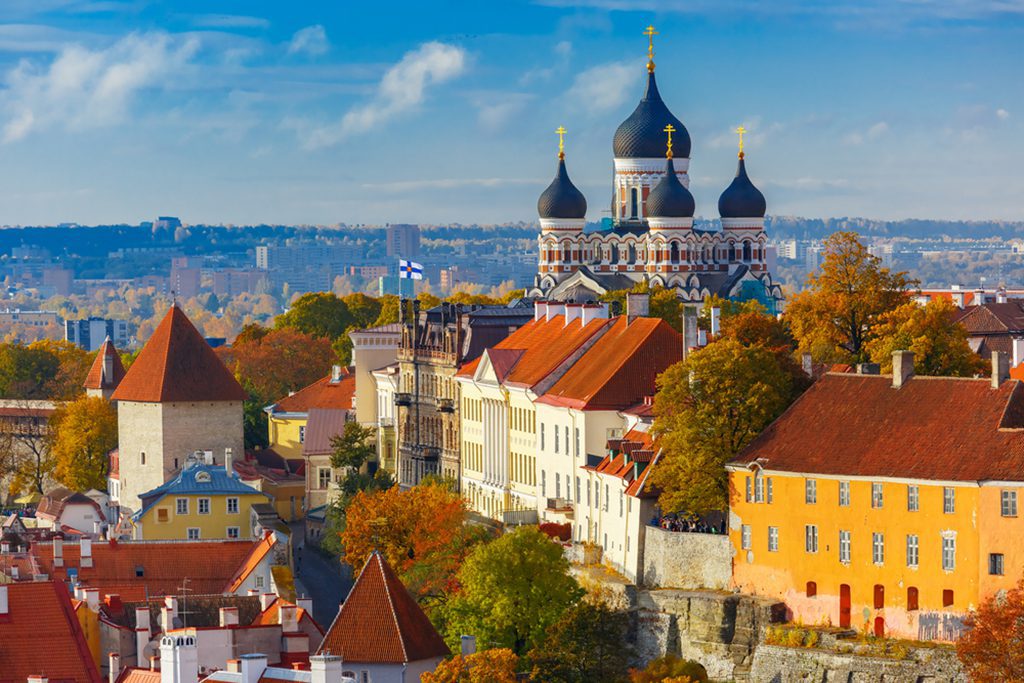Europe, including a wide variety of peoples, cultures, territories, and landscapes, runs from the Arctic Ocean in the north to the Atlantic Ocean in the west, and is bounded to the south by the Mediterranean Sea and the Black Sea. Its vast continent is home to stunning natural beauty, from magnificent mountain ranges like the Alps, Carpathians, and Pyrenees to significant rivers like the Danube and Volga.
Europe’s lovely areas are littered with fantastic ancient sites and a whole host of stunning cities and towns, each having their own outstanding historical sights and cultural monuments, as many kingdoms, empires, and republics have made Europe their home throughout the millennia.
Europe is by far the most visited continent on the planet, and it’s not hard to understand why: the continent is home to a wide variety of nations and cultures, as well as many historical landmarks, modern metropolises, and breathtaking natural wonders.
6-Nordic Countries
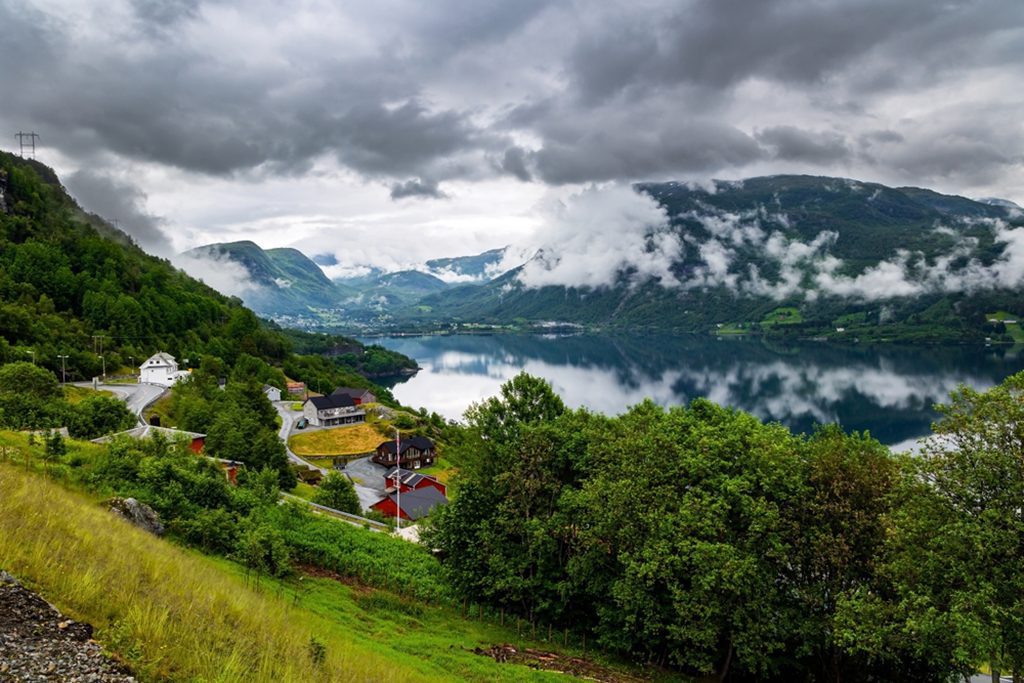
The sparsely populated Nordic countries in the northern region of Europe are a treat to visit because of their stunning landscapes and amazing wildness, and their residents enjoy some of the finest levels of living in the world.
The countries share a common history that can be traced back to the time of the Vikings, and they also share many of the same breathtaking landscapes and environments, with lots of open wilderness and water on display (Denmark is the exception to this, being primarily made up of low-lying fields and farms). Sweden and Finland are dotted with shimmering lakes and boundless woods and woodlands, while Iceland and Norway are famous for their volcanic and fjord-filled landscapes. The ice environment of the Arctic rules the northern reaches, and it is from here that one may get the greatest view of the unforgettable Northern Lights.
Hiking, mountain climbing, and sailing are just a few of the wildly popular outdoor pursuits available in the amazing Thingvellir, Nuuksio, and Jotunheimen national parks and the gorgeous archipelagos of Aland, Lofoten, South Funen, and Stockholm. You may see polar bears in areas like Svalbard, and whales off the coast of the Nordic countries are a sight to see.
In addition to the stunning natural beauty, the area is rich in cultural and historical attractions, such as quaint fishing towns, Viking-era ruins, and centuries-old wooden churches.
Cities like Gothenburg in Sweden and Bergen in Norway, as well as the capitals of Copenhagen, Helsinki, Oslo, Reykjavik, and Stockholm, are also must-sees for every traveler visiting the Nordic countries.
5-Western Europe
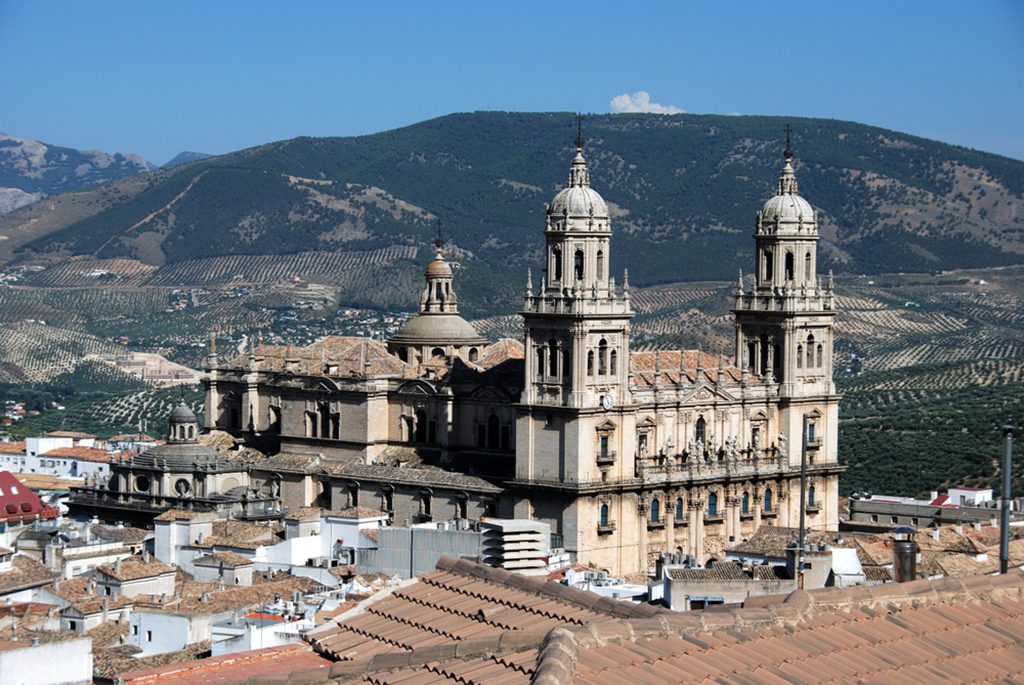
Western Europe is a popular tourist destination because of its great variety of peoples, languages, cultures, and landscapes, all of which are represented in the region’s many amazing cities, ancient landmarks, and significant cultural sites.
The major cities of Amsterdam, Brussels, Dublin, London, and Paris all have incredible landmarks like Big Ben, the Grand Place, and the Eiffel Tower, but smaller cities like Bruges, Edinburgh, Luxembourg City, and Nice have their own unique attractions and identities that are just as fascinating to explore. Indeed, Western Europe is rich in historical and cultural sites, from ancient churches and cathedrals to ruined castles and charming medieval old towns, not to mention world-class museums like the British Museum, Louvre, and Rijksmuseum.
In addition to world-class cities, towns, and cultural attractions, Western Europe is also home to some of the world’s most stunning natural landscapes, including the French Riviera, the Giant’s Causeway, Keukenhof, and, of course, the Alps. All the way from Belgium and Luxembourg to Ireland and the United Kingdom, you may find great Atlantic beaches, rolling hills, rivers, and lake-filled landscapes in addition to the lovely countryside and patchwork of farms and fields.
There is so much to see and do in Western Europe that it would take a lifetime to see everything, but because of the region’s convenient transportation options, you can easily go from one city to the next and experience a whole new history, culture, and cuisine.
4-Central Europe

On a vacation, Central Europe is one of the most stunning parts of Europe, with enough to offer history buffs and outdoor enthusiasts alike. Different peoples, languages, and nations call this area home, yet most of it has a common cultural heritage thanks to its time under the reign of the Holy Roman Empire and, subsequently, the Austro-Hungarian Empire.
Central Europe was formerly separated by the Cold War, but in the last three decades, the region has opened up significantly, making travel between countries like Germany, Switzerland, and Austria as simple as traveling between Poland, Hungary, and the Czech Republic. Bratislava, Gdansk, and Vaduz may not be as well-known as Berlin, Budapest, Prague, or Vienna, but they are well-worth visiting for the hidden jewels they have to offer.
Central Europe is home to some of the world’s most breathtaking landscapes in addition to a wealth of historical and cultural treasures. Despite the natural beauty of places like the Black Forest, Bialowieze National Park, and the Tatra Mountains, the Alps are by far the most visited mountain range in Europe. This is because of the incredible opportunities for hiking, rock climbing, and skiing that can be found in the Alps, in addition to the breathtaking views they provide.
3-Southern Europe
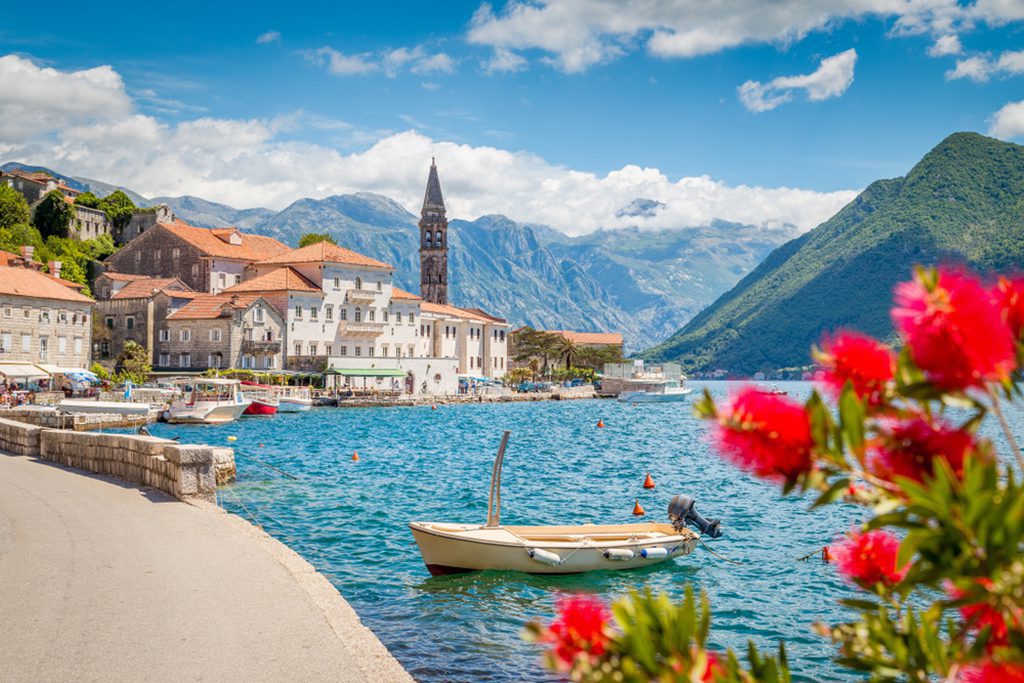
It’s true that Southern Europe has it all, what with its glistening beach-lined coasts, balmy weather, and a vast variety of historical attractions and attractive towns. Andorra, Cyprus, and Malta, the region’s smallest nations, are just as pleasant for what they have to offer as the larger countries of Greece, Italy, Portugal, and Spain.
The beautiful Alps of Andorra and Spain’s glistening lakes make up only a fraction of the breathtaking natural scenery of Southern Europe, which also has the rocky Atlantic coastline of Portugal and Greece’s many tempting islands like Mykonos, Rhodes, and Santorini. The area is a haven for outdoor enthusiasts, with activities like hiking, climbing, and skiing being widely practiced, while the glistening Mediterranean Sea is ideal for sailing, snorkeling, and other watersports.
Cities like Granada, Naples, and Valletta are as full of marvels as Athens, Lisbon, Madrid, and Rome are of their world-famous historical attractions, cultural landmarks, and wonderful museums. Delphi, Pompeii, and Tarragona are just a few of the amazing archaeological sites you may see thanks to the many ancient civilizations that flourished in and around the Mediterranean.
2-Balkans
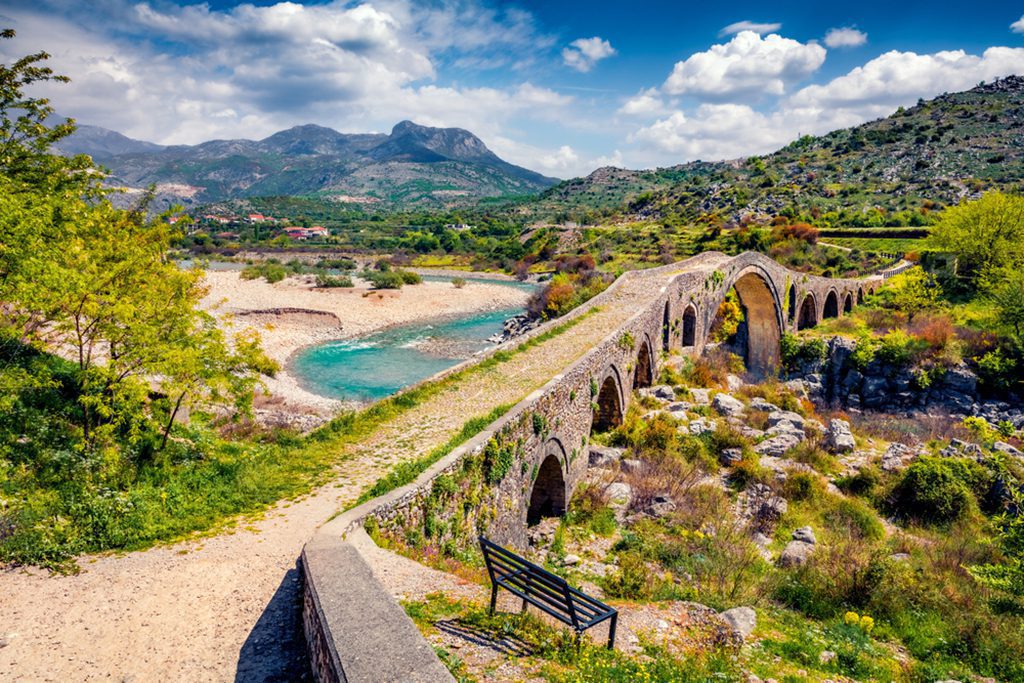
The diverse peoples, cultures, and countries that make up the Balkan Peninsula, which lies between the Adriatic and Black Seas, make for an interesting destination. The region is characterized by breathtaking mountain scenery, pretty forests, plains, and rivers, and it also features beautiful beach-filled coastlines.
Despite the fact that the Balkans have historically been plagued by conflict due to invasions by everyone from the Romans and Ottomans to the Austro-Hungarians and the Soviets, the wars that marked the breakup of Yugoslavia are now far in the past.
What makes towns like Belgrade, Sarajevo, Sofia, and Zagreb so interesting to visit is the fact that each of the aforementioned powers left its stamp in the form of monuments, architectural styles, and ruins.
Natural wonders like the Albanian Riviera, Plitvice Lakes National Park, Tara Canyon, and the Carpathian Mountains are abundant in the Balkans, complementing the region’s wealth of ancient cities, ancient monasteries, and impressive hilltop citadels; and a cruise down the Danube, stopping at the many amazing cities along its banks, is a lovely way to see the region.
1-Eastern Europe
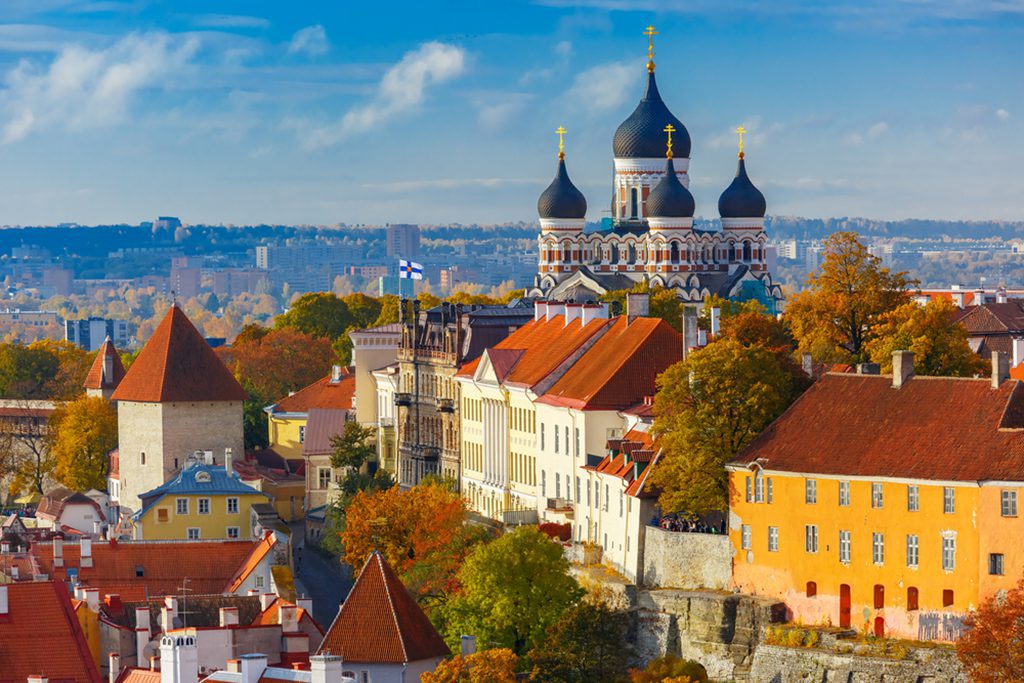
Russia, the world’s biggest nation, plus the post-Soviet republics of Belarus, Ukraine, Moldova, and the Baltic States make up Eastern Europe, which is home to a wide variety of people, cultures, landscapes, and geographical features.
Even though these countries cover a lot of land, they don’t get as many tourists as other parts of Europe. This is a shame because there is so much to see and do in terms of history and culture, and there is also a lot of beautiful scenery and natural sights to see.
The Baltic capitals of Riga, Tallinn, and Vilnius all feature beautiful old towns, and Chisinau and Minsk are true hidden gems. Chisinau was the capital of the last dictatorship in Europe, and Minsk was the capital of the last democracy. However, Kyiv, Moscow, and Saint Petersburg have the most to offer in terms of glorious architecture, amazing museums, and their thriving arts and culture scenes.
The only issue is where to start exploring Eastern Europe’s abundant natural beauty, which includes stunning Black Sea coasts, the rugged Carpathian Mountains, and the infinite woods of Belovezhskaya National Park.


